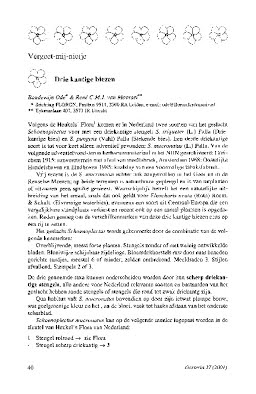

Generally, the main difference is where the notes are located: Both typically cover the same subject matter, like source citations or commentary. Both use superscript numbers within the text that correspond to notes elsewhere. footnotes: What’s the difference?Įndnotes and footnotes are often mixed up because they’re so closely related. You’ll receive both full and in-text citations of the page for whatever style guide you’re using. Using Grammarly for Windows or Mac, visit one of the thousands of compatible websites, such as Wikipedia, Frontiers, PLOS One, ScienceDirect, SAGE Journals, PubMed, Elsevier, DOAJ, arXiv, and Springer, and click the “Get citation” button in the bottom-left corner of the screen. If your source is a website, you can also use our auto-citations feature.

All you have to do is click the copy button and paste the ready-made citation into your paper. Our citation generator lets you input all the details of a source and then creates your citation automatically, depending on which style guide you choose. If you’re unfamiliar with how to use endnotes, sometimes it can be quicker to just use a citation generator rather than writing citations yourself. The major style guides all have their own rules for formatting such notes-with the exception of the APA format, which calls exclusively for footnotes. When used for citing sources they’re a requirement, especially if your writing is having trouble passing a plagiarism checker. On the other hand, endnotes and footnotes can be longer, with more details, because they are situated outside of the main text. In-text citations tell only the bare minimum about the source, such as the author’s last name or year of publication. The appeal of using endnotes (and footnotes) over in-text citations is that you can include more information. This “Notes” page does not replace the bibliography or works cited page but rather supports it. In the case of endnotes, the actual notes appear on a separate page, usually titled “Notes,” at the end of a chapter, academic paper, article, or book. Below, we explain how to use endnotes in Chicago style and MLA format, but first let’s answer the question “What is an endnote?” What are endnotes?Įndnotes work like footnotes : A superscript number appears in the text and corresponds to a matching note elsewhere. They’re great for providing supplemental commentary that doesn’t fit with the text, especially longer passages that are too big for footnotes. However, endnotes do more than just cite sources. An endnote is typically marked by a superscript number ( 1 ) that corresponds to the matching endnote in the “Notes” section or page at the end of a piece of writing. Endnotes are small notations at the end of a chapter, academic paper, article, or book that provide additional information or cite the source of a passage from a text.


 0 kommentar(er)
0 kommentar(er)
